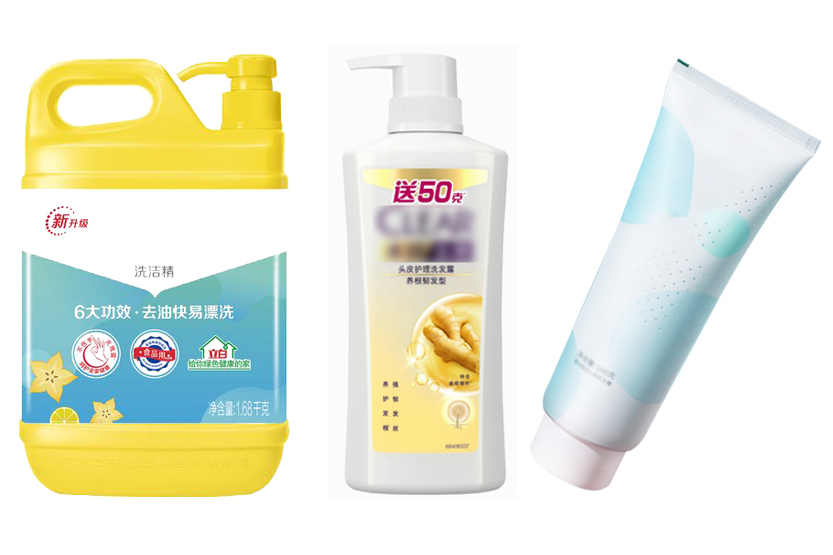
Nov . 07, 2024 20:15 Back to list
Preparation Methods for HPMC Gel Techniques and Applications
Preparation of HPMC Gel A Comprehensive Guide
Hydroxypropyl methylcellulose (HPMC) is a versatile polymer widely used in pharmaceuticals, food products, and various industrial applications. One of its most notable uses is in gel preparation, which is essential for creating therapeutic formulations, controlled drug delivery systems, and cosmetic products. This article provides a comprehensive overview of HPMC gel preparation, including the selection of materials, the preparation process, and the applications of HPMC gels.
Understanding HPMC
HPMC is a non-ionic cellulose ether that is soluble in water, providing excellent thickening and film-forming properties. Its ability to form gels makes it a popular choice in formulating a wide array of products. HPMC is favored for its biocompatibility, low toxicity, and ability to form stable gels under a variety of conditions, making it suitable for both topical and ingested products.
Materials Required
The preparation of HPMC gels involves several essential materials
1. Hydroxypropyl Methylcellulose (HPMC) Choose the appropriate grade of HPMC based on the desired viscosity and gel strength. 2. Water Purified water is typically used to dissolve HPMC. The temperature and quality of water can significantly affect the final gel properties. 3. Cosolvents or Additives (optional) Such as preservatives, humectants, or active ingredients depending on the intended application of the gel.
Preparation Process
1. Dissolution of HPMC - Begin by measuring the desired quantity of HPMC powder. The concentration will determine the viscosity and final properties of the gel. - Heat purified water to a temperature between 70-80°C, as this can help in the dissolution process. (Note HPMC can dissolve in cold water but may take longer.) - Slowly sprinkle the HPMC powder into the hot water while continuously stirring to avoid clumping. This step is crucial to ensure a uniform dispersion.
hpmc gel preparation

2. Hydration - Allow the mixture to cool down, as the gel forms during the cooling process. Continuous stirring should be maintained to ensure even distribution of the polymer. - Optional If using additional ingredients (e.g., preservatives or active agents), they can be incorporated during this stage after the HPMC is fully dissolved.
3. Gel Setting - Once the mixture has cooled and formed a gel, evaluate the consistency. If a thicker gel is required, additional HPMC can be gradually added until the desired viscosity is achieved. - Pour the gel mixture into appropriate containers for storage or use.
4. Quality Control - It is essential to conduct tests on the prepared gel to analyze properties such as pH, viscosity, and microbial contamination. This step ensures the gel meets the required specifications for safety and efficacy.
Applications of HPMC Gels
HPMC gels have a wide range of applications across various fields
1. Pharmaceuticals Used in drug delivery systems as they can control the release of active ingredients. 2. Cosmetics Commonly found in lotions and creams due to their moisturizing properties and ability to enhance texture. 3. Food Industry HPMC is also used as a thickener and stabilizer in various food products.
Conclusion
The preparation of HPMC gel is a straightforward process that can yield versatile materials for numerous applications. By understanding the properties of HPMC and following a systematic preparation method, formulators can create effective gels tailored to specific needs. Whether in the pharmaceutical, cosmetic, or food industry, HPMC gels play a crucial role in enhancing product performance and user experience.
-
Versatile Hpmc Uses in Different Industries
NewsJun.19,2025
-
Redispersible Powder's Role in Enhancing Durability of Construction Products
NewsJun.19,2025
-
Hydroxyethyl Cellulose Applications Driving Green Industrial Processes
NewsJun.19,2025
-
Exploring Different Redispersible Polymer Powder
NewsJun.19,2025
-
Choosing the Right Mortar Bonding Agent
NewsJun.19,2025
-
Applications and Significance of China Hpmc in Modern Industries
NewsJun.19,2025







